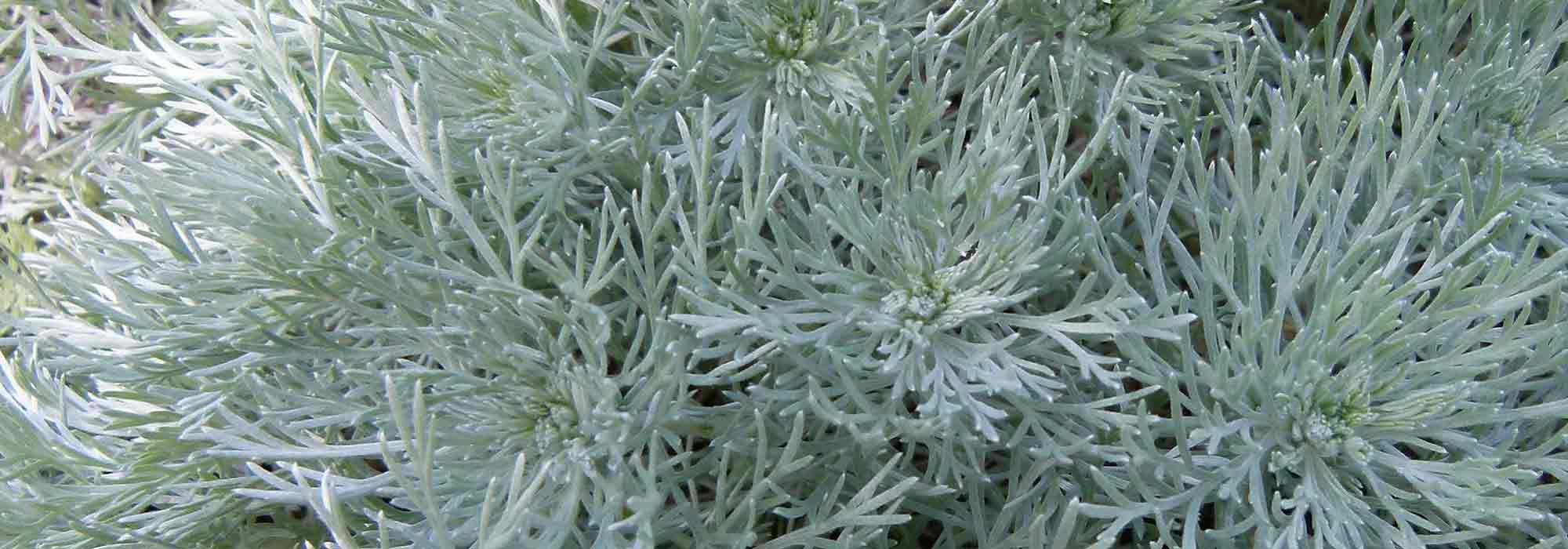
Choosing the Right Wormwood: A Buying Guide
Which wormwood for my garden?
Contents
The wormwood or Artemisia is a shrubby or semi-shrubby perennial that delights with its highly decorative foliage. With a bushy or creeping habit depending on the variety, it adds touches of silver-grey to a rock garden, a sunny dry garden, or in a pot or container on a balcony or terrace.
Follow our buying guide to help you, here are our tips for choosing your wormwood based on various criteria.
Choose according to leaf colour
The large family of wormwoods captivates with its range of grey, blue, and green hues. The leaves are silky to the touch and form carpets of a softness quite rare in the garden. Let yourself be enchanted by the Artemisia lactiflora, with purple foliage that turns green as it develops, a 2-in-1. Cultivate a touch of originality with the Chinese wormwood (Artemisia lactiflora ‘Guizhou’), featuring fine dark green foliage that is almost black, or the silver wormwood with silvery foliage that takes on a purple tint in winter. The most spectacular remains the Artemisia arborescens ‘Little Mice’, also known as tree wormwood, which produces bright silvery-white foliage.
The majority of wormwoods take on silver-grey tones like the Artemisia ludoviciana ‘Silver Queen’, ludoviciana ‘Valerie Finnis’, schmidtiana ‘Nana’, or the tree wormwood ‘Powis Castle’. These reflections illuminate the flowerbeds and pots.
If you are passionate about plants with variegated foliage, adopt the variegated wormwood (Artemisia vulgaris ‘Oriental Limelight’) which features pale yellow foliage that turns golden yellow as it ages.
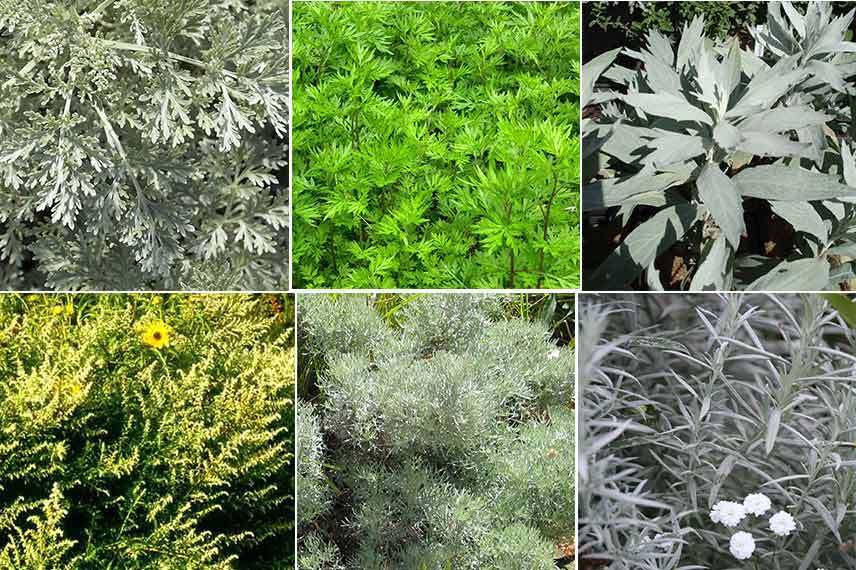
Artemisia ‘Powis Castle’, Artemisia vulgaris, Artemisia ludoviciana ‘Valerie Finnis’, Artemisia vulgaris ‘Oriental Limelight’, Artemisia alba ‘Canescens’ and Artemisia ludoviciana ‘Silver Queen’ (from top to bottom and left to right)
Read also
Growing a wormwood in a potChoose according to the shape of the foliage
After the colour of the foliage, the shape of the leaves can be a criterion for choosing wormwoods. Whether grey, green, or golden, the foliage can be more or less cut and sculpted. You can choose between finely cut, lace-like leaves with ‘Silver Queen’, ‘Nana’, ‘Canescens’, ‘Little Mice’, or ‘Powis Castle’. The ‘Valerie Finnis’ wormwood offers large, highly cut, and graphic leaves. As for the ‘Oriental Limelight’, it produces fine, frizzy foliage.
It is worth noting that some wormwoods, such as Artemisia lactiflora, ‘Powis Castle’, the silver wormwood, or ‘Jim Russel’, have aromatic foliage that is a real asset in the garden.
Discover other Artemisia
View all →Available in 2 sizes
Available in 1 sizes
Available in 1 sizes
Available in 1 sizes
Available in 1 sizes
Available in 1 sizes
Available in 1 sizes
Available in 1 sizes
Available in 2 sizes
Available in 1 sizes
Choose based on persistence or not.
Regarding wormwoods, there are 3 scenarios concerning the persistence of foliage:
- either the foliage is deciduous, which is the case for most wormwoods, including Artemisia lactiflora, Chinese Wormwood (Artemisia lactiflora ‘Guizhou’), Artemisia ludoviciana ‘Silver Queen’, Artemisia ludoviciana ‘Valerie Finnis’, Artemisia vulgaris ‘Oriental Limelight’, or ‘Jim Russel’ wormwood.
- or the foliage is semi-evergreen to evergreen, with Artemisia alba ‘Canescens’, known as white or silver wormwood, grown in a mild climate zone.
- or the foliage is evergreen, with Artemisia schmidtiana ‘Nana’, ‘Powis Castle’ wormwood, or Artemisia arborescens ‘Little Mice’.
While some decorate the garden 365 days a year, others appear in spring and disappear in winter.
Choose by height
The size of the foliage and flower spikes of wormwoods varies depending on the varieties. You can find wormwoods ranging from 10 cm tall to over 1.50 m. It’s best to know this, as your choice will differ if you want to green up a corner of a balcony or a flower bed. Here are some key points to consider:
- Expect a height of 10 to 15 cm for the Artemisia schmidtiana ‘Nana’, a dwarf form that will fit nicely in a pot on a terrace or in a container in a small garden.
- The average height of wormwoods is 40 cm, with the Artemisia ludoviciana ‘Valerie Finnis’, Artemisia arborescens ‘Little Mice’, and the silver wormwood (Artemisia alba ‘Canescens’) reaching up to 60 cm for the Artemisia ludoviciana ‘Silver Queen’. They integrate perfectly into a perennial flower bed or a rock garden, create beautiful borders, and their bushy habit beautifully adorns a pot or container.
- For open ground, in a rock garden or on a dry bank, consider Artemisia vulgaris ‘Oriental Limelight’ and the wormwood ‘Powis Castle’, which can reach heights of 80 to 90 cm.
- For the tallest flowers, which can reach between 1 and 1.50 m, choose Artemisia lactiflora, particularly the variety ‘Guizhou’, and the Chinese wormwood ‘Jim Russel’, which are herbaceous perennial plants forming tall, upright clumps with stems often arching under their weight.
For medium-sized wormwoods, feel free to cut them back in spring to stimulate their growth and maintain their rounded or bushy habit.
Choose according to the colour and shape of the inflorescences.
With a greyish-yellow hue, the flowering of wormwoods, which occurs between July and September, is often insignificant and discreet. Only wormwoods lactiflora (‘Guizhou’) produce large, airy panicles of creamy-white colour, which are very decorative.
For other wormwoods, the flowers appear as clusters of heads gathered in panicles of white flowers, small spike-like flowers of pale yellow with Artemisia schmidtiana ‘Nana’ and wormwood ‘Powis Castle’, fine golden-yellow inflorescences in heads for Artemisia arborescens ‘Little Mice’, or branched spike-like inflorescences of greenish-white with Artemisia vulgaris ‘Oriental Limelight’. The flowers are often pruned early in the season using shears to prevent exhausting the plant and to enjoy the magnificent foliage.
With Chinese wormwoods (Artemisia lactiflora), you will add contrast with long black stems bearing white panicles.
 Artemisia lactiflora, lactiflora ‘Jim Russel’ and lactiflora ‘Guizhou’
Artemisia lactiflora, lactiflora ‘Jim Russel’ and lactiflora ‘Guizhou’
Choose according to soil type
Practically all mugworts prefer well-drained soil, such as sandy types. A dry, neutral to calcareous, and poor soil suits them perfectly. Remember to place a drainage layer (gravel, sand) at the bottom of the planting hole. Avoid rich soil as they won’t appreciate it!
When it comes to mugwort ‘Jim Russel’ and Artemisia lactiflora, they require fresh and moist soil to thrive.
To learn more, discover a source of inspiration for creating a white and silver garden as well as our advice sheet Mugwort: planting, pruning, and care.
- Subscribe!
- Contents
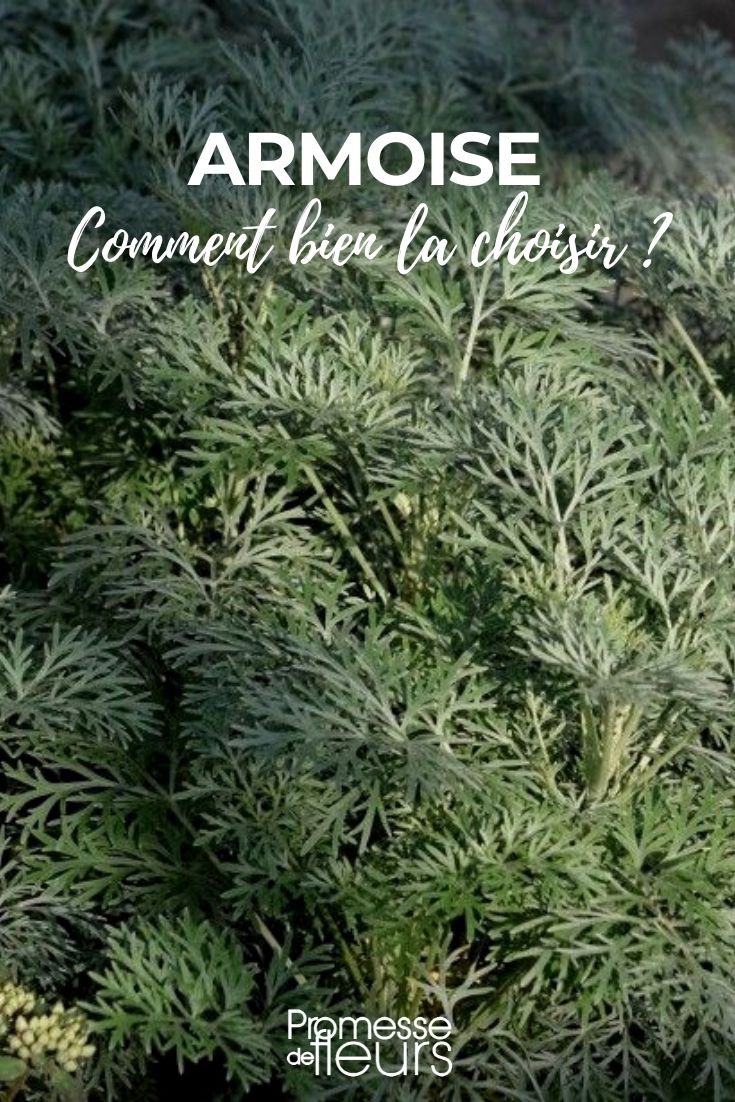































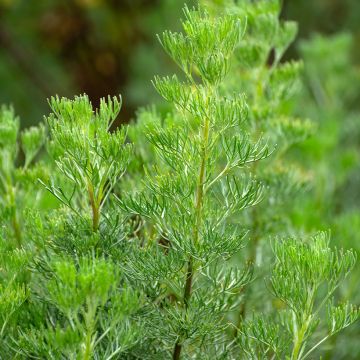
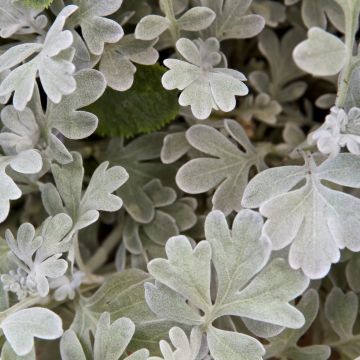
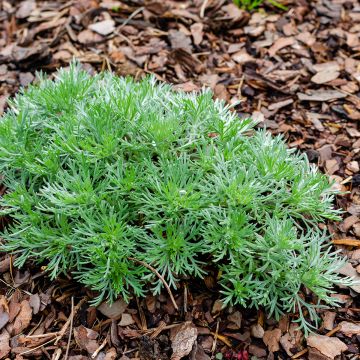
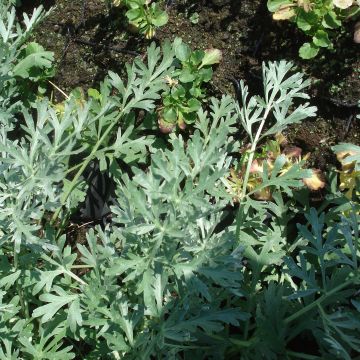
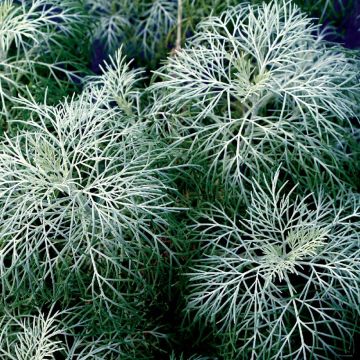
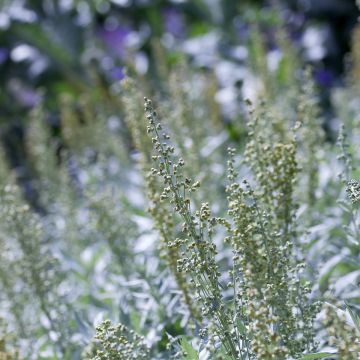
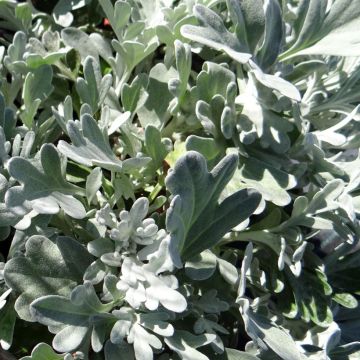
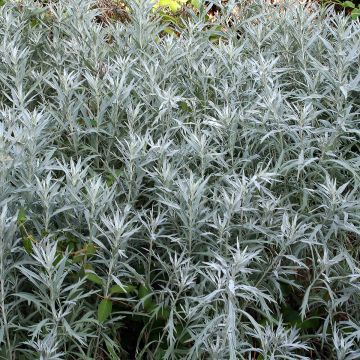
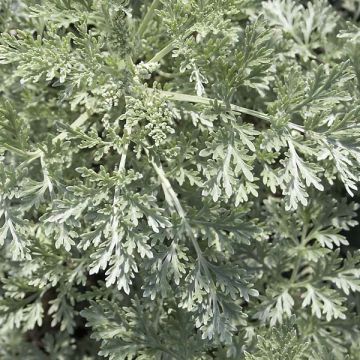
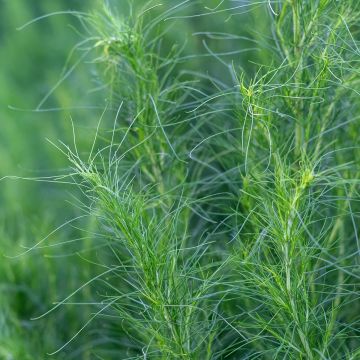
Comments